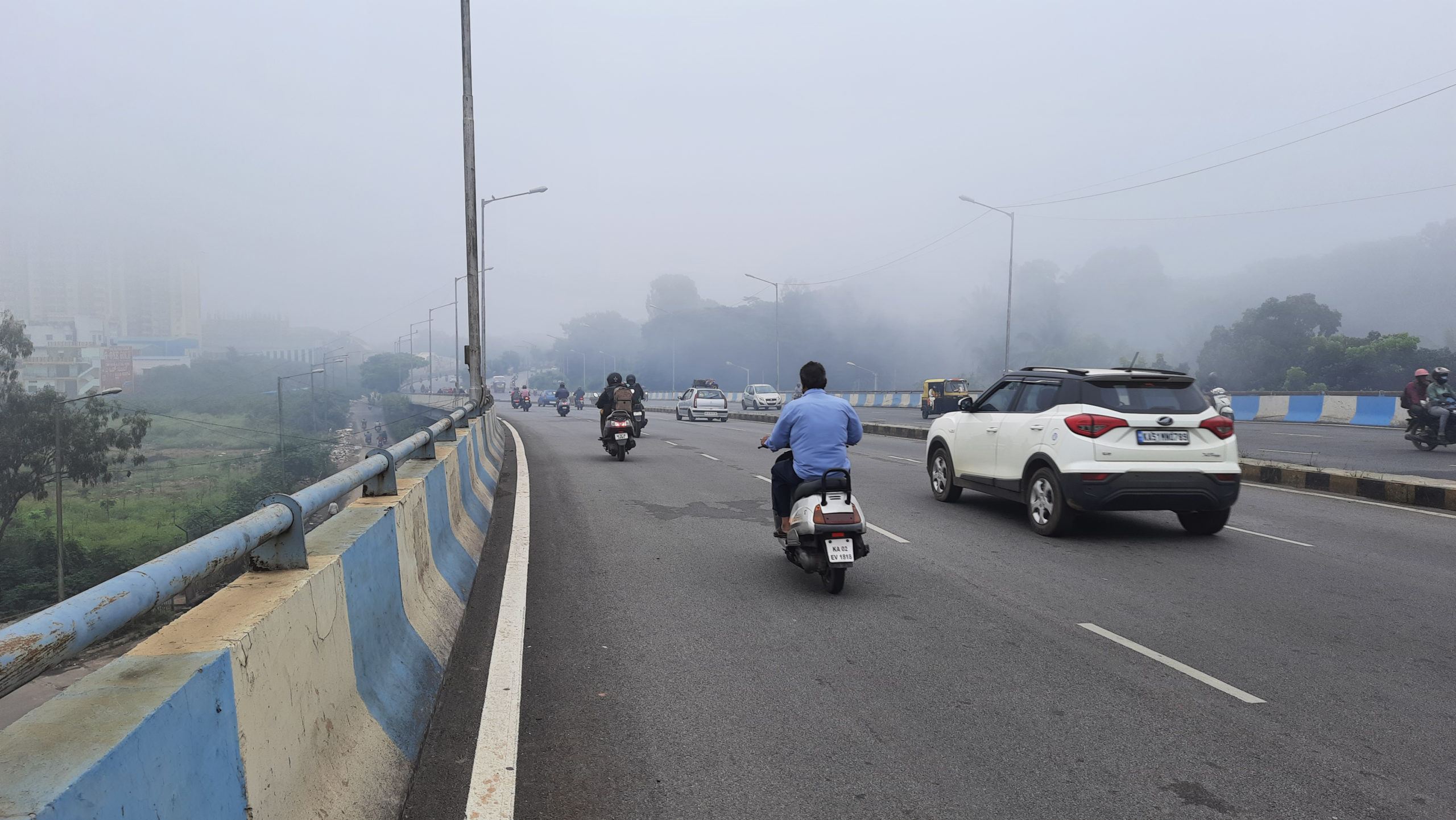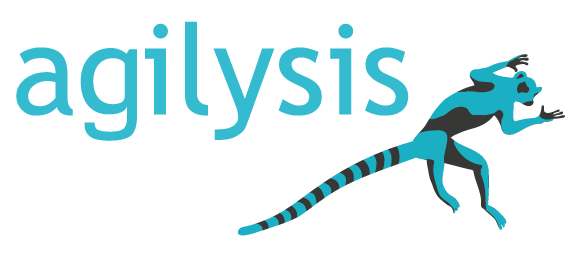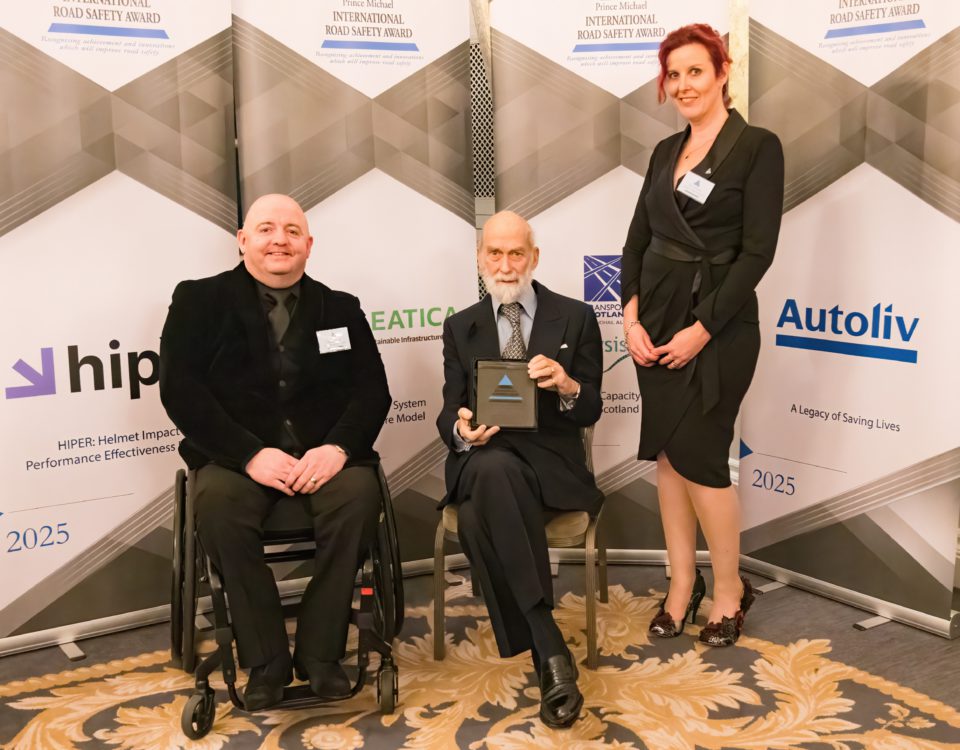
Agilysis is proud to announce it has been awarded a contract by the Asian Development Bank to explore the topic of Safety Performance Indicators (SPI) in Asia-Pacific Road Safety Observatory (APRSO) countries. This work, undertaken with key experts Wouter Van den Berhge (Tillkon) and Felix Wilhelm Siebert (DTU), builds on our collective expertise in Low and Middle Income Countries (LMIC) as well as work in high-income countries.
Understanding the relative safety performance of roads and road users is essential for road authorities and governments and this assignment has been created to support the APRSO mission to improve the quality of road safety data across the region, to monitor the progression of road safety over time, and to compare performance between countries. This work will focus on collecting, collating and analysing data in order to quantify three target Safety Performance Indicators (SPI):
A. That part of a nation’s road network carrying 75% of traffic;
B. The proportion of traffic travelling over the speed limit on the 75% of traffic network; and
C. The proportion of two-wheeler users wearing helmets on the 75% of traffic network.
These indicators form a key part of the data requirement to measure multiple voluntary SPI as set out by the World Health Organization as a part of the Global Plan supporting the Second Decade of Action for Road Safety.
The availability of data to measure these SPIs is variable both globally, and within the ADB Developing Member Countries where this project will focus.
Work on standardising SPI data collection and analysis has progressed at pace in Europe following the successful Baseline and Trendline projects and the evidence collected here will be of benefit to this project, with a constant focus on what delivers best value in LMIC. Progress on the project has already been completed in the area of methodology development and focus is now moving towards data collection for demonstration purposes. We are reaching out to experts and those who may hold data relevant to road use including:
- Road networks
- Vehicle traffic
- Vehicle speeds
- Motorcycle use
- Helmet wearing
Although the team already has considerable experience of using connected vehicle, EO, and open-source street view data we are always interested in alternative approaches and data sources relating to LMIS's in Asia.
Initial results will be appearing later in 2024 as we look to accelerate this critical work. For more information please contact the Project Director Richard Owen


